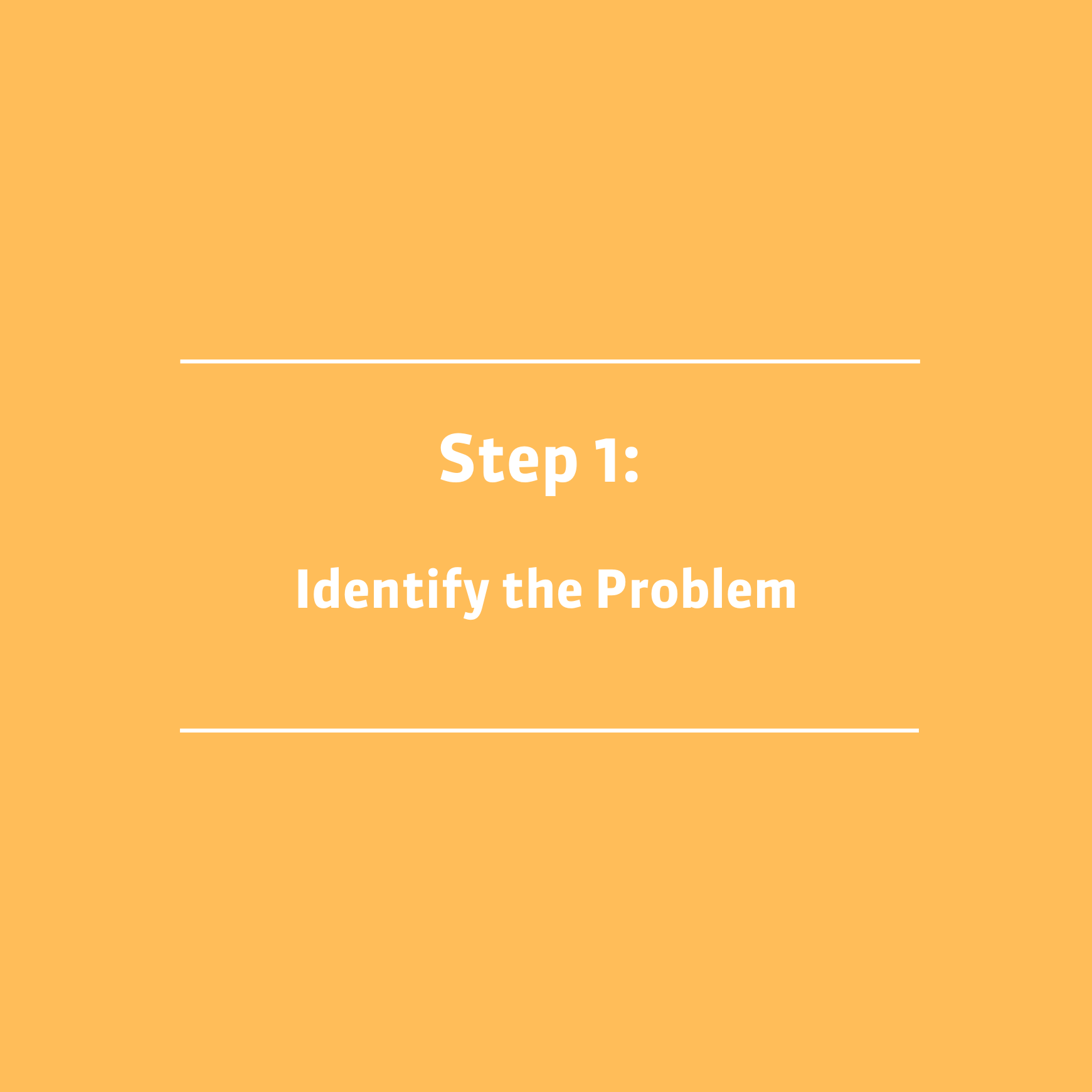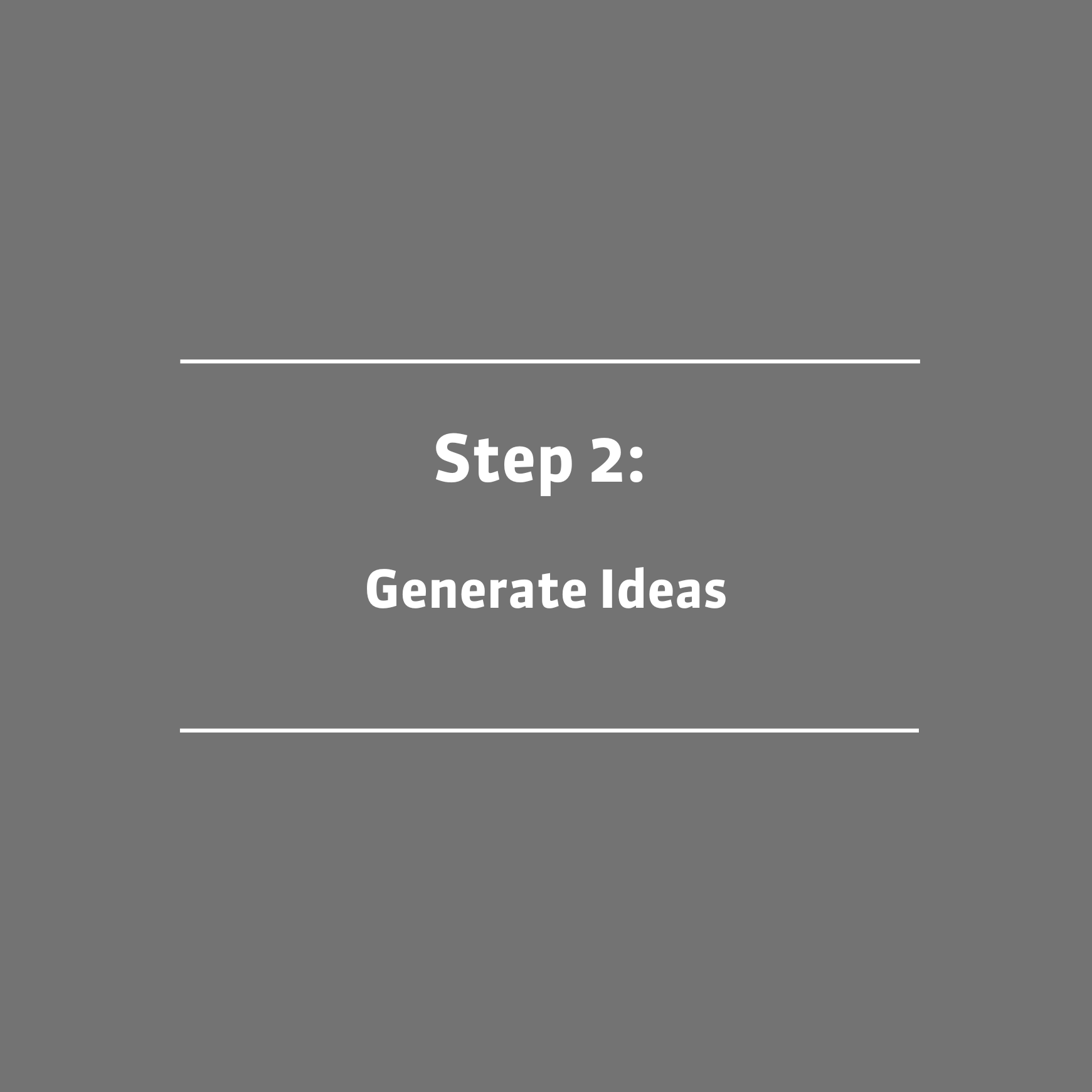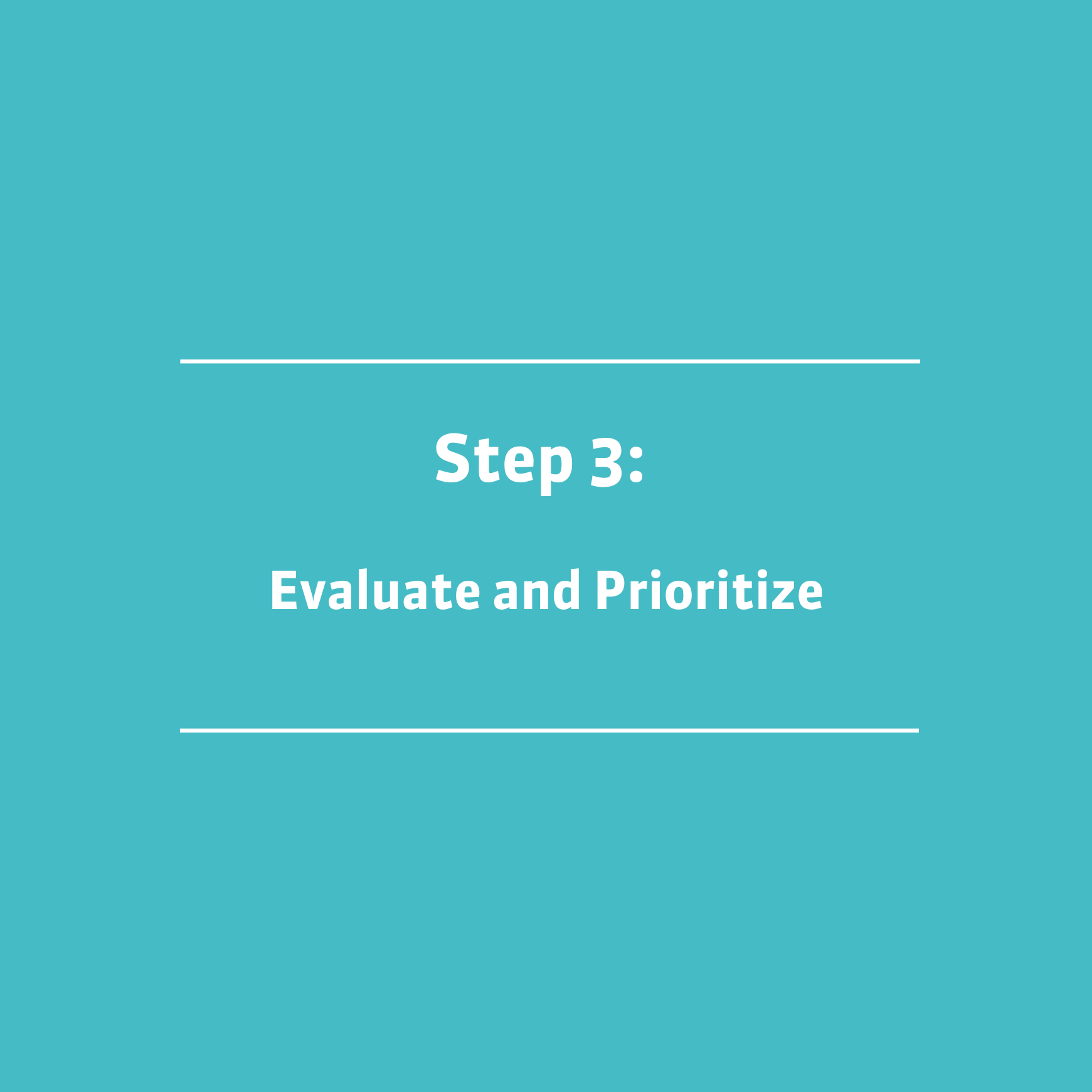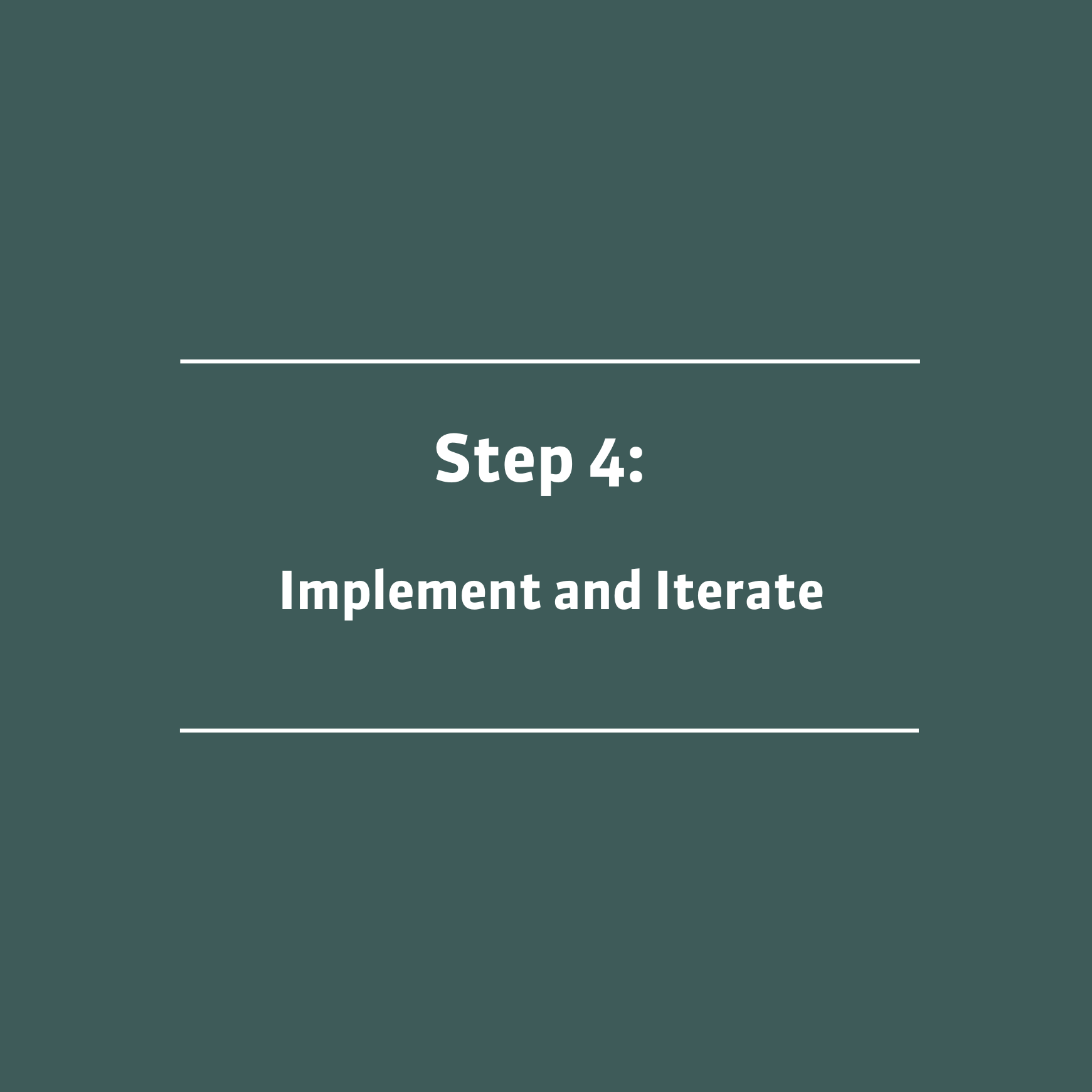How to Leverage Customer Feedback to Drive Innovation During a Turnaround
A blueprint for success
Customer feedback is a goldmine of insights for any business, but for those facing a turnaround situation, it becomes an indispensable lifeline. When your company is struggling to survive, understanding what your customers want, need, and expect from you, and how you can surpass your competitors in meeting those demands, is crucial. In this article, we will explore how you can utilize customer feedback to foster innovation in a turnaround scenario and effectively implement the changes.



